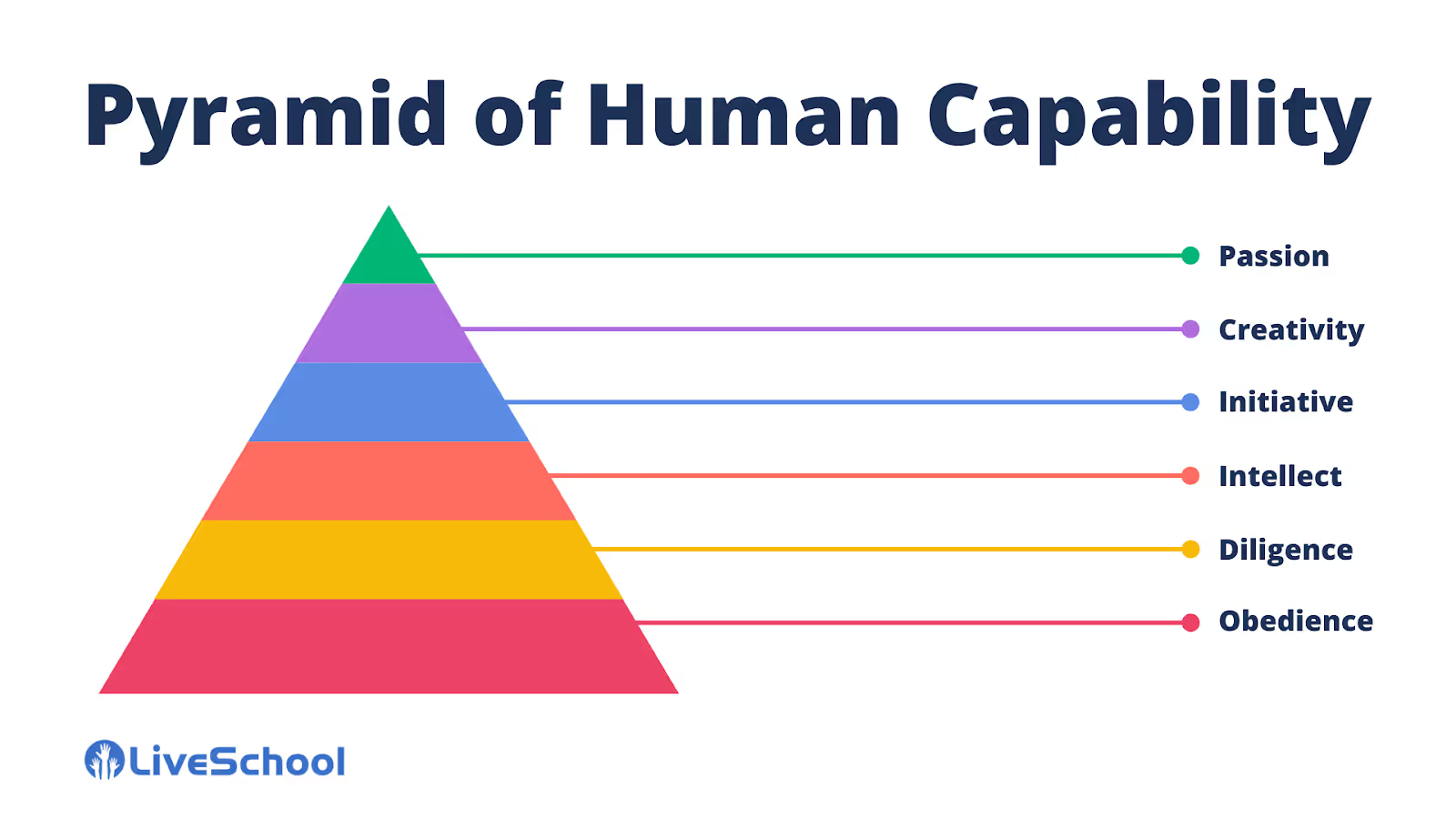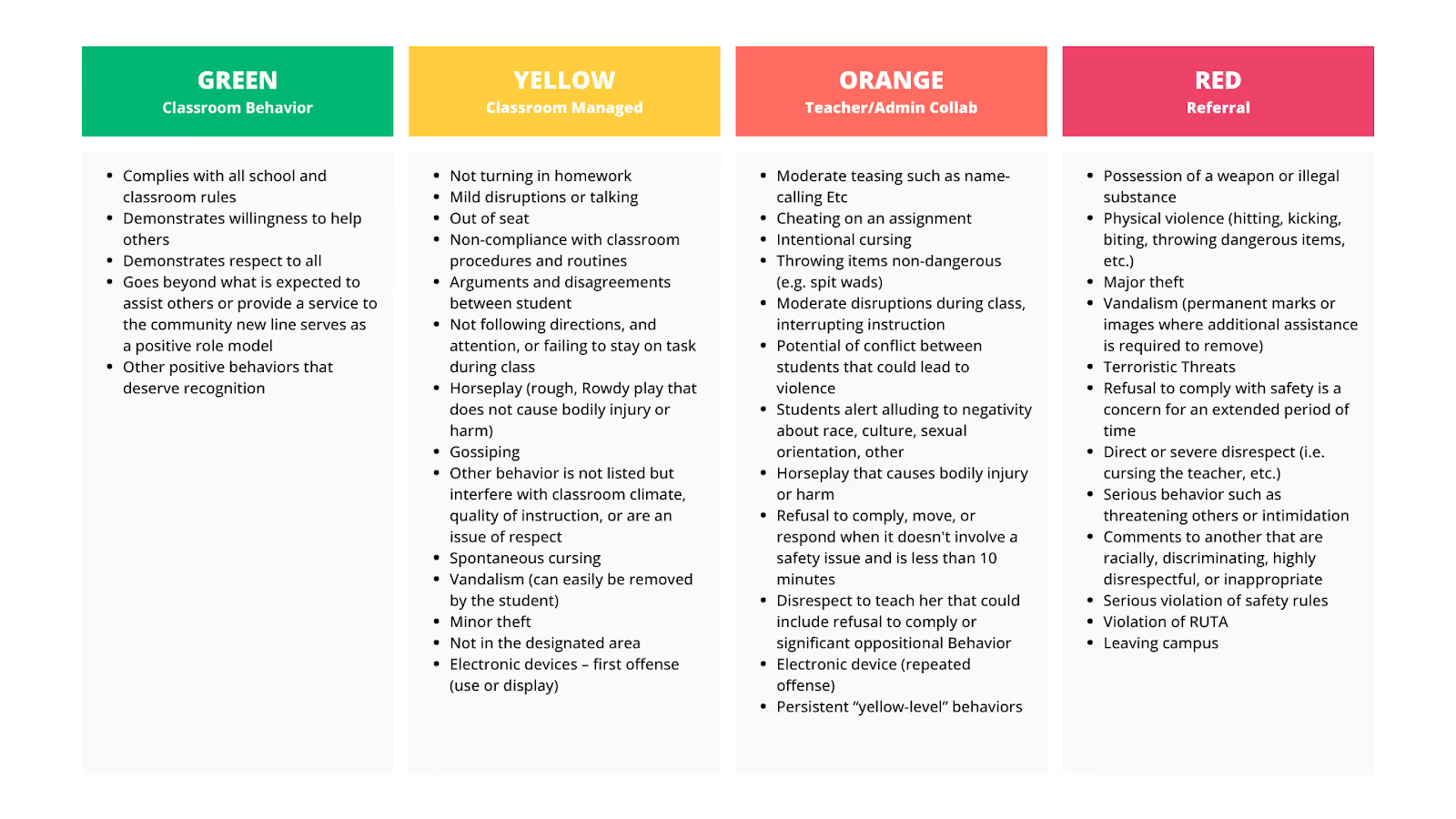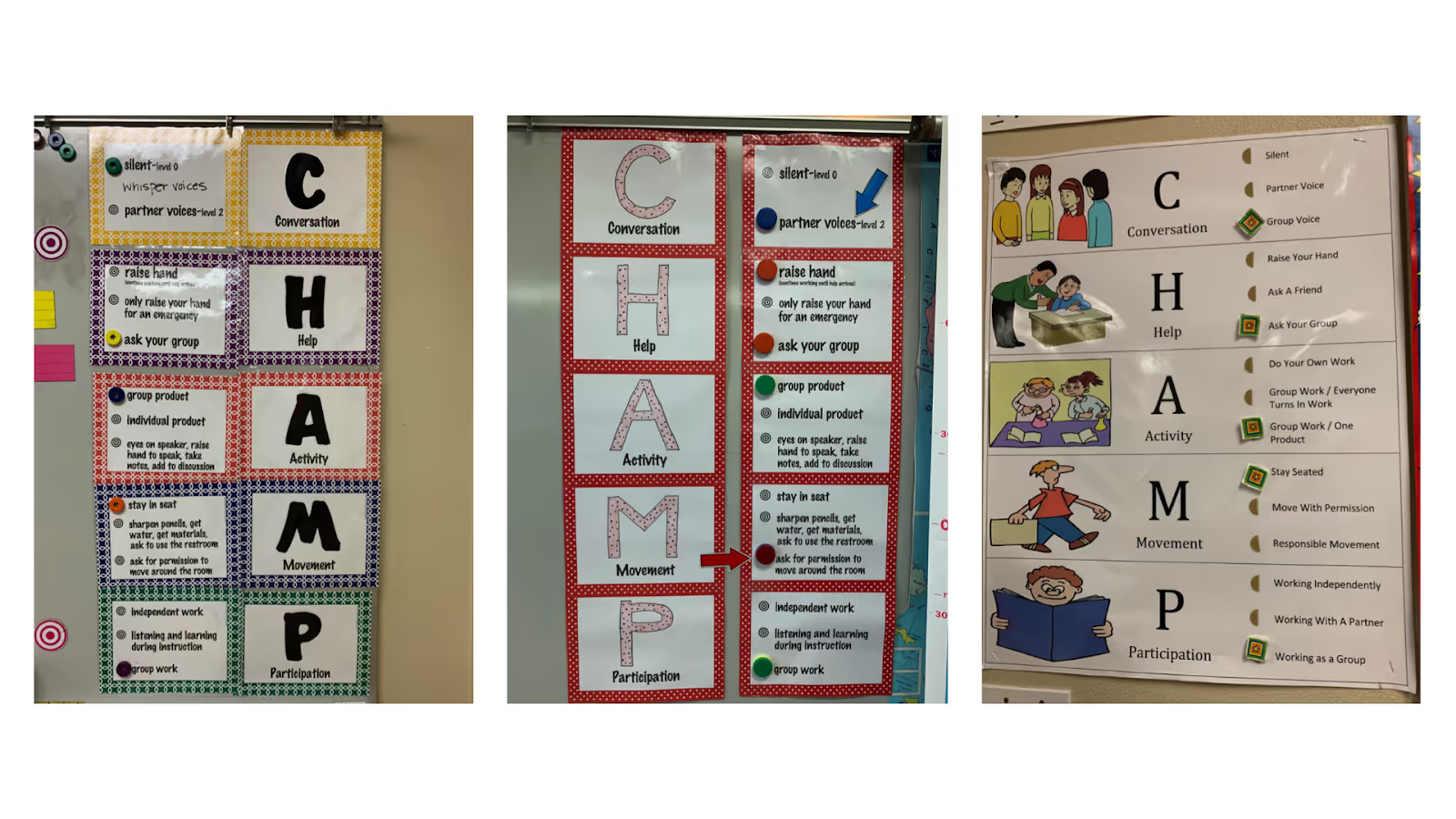
Del Valle Elementary overhauled its behavior program to foster fidelity for students & teachers across the school.
.webp)

Track inventory in your school and classroom rewards stores, offer Amazon-style shopping to students, and more!
Launch a school-wide behavior and rewards system that's motivational for students and easy for teachers.
Create camaraderie and friendly competition with a school-wide House Points system. Join an interactive demo to learn more!

Track behavior, motivate students, and promote a positive culture – all in one easy platform.


Jay Maines became Assistant Principal at Del Valle Elementary in the 2013-2014 school year. He quickly realized that behavior was a major challenge for the staff. In that year, there were 276 referrals and 88 instances of exclusionary discipline (in-and-out-of-school suspensions).
In a school with 600 students, that is a ratio of one referral per every two students and one exclusionary discipline for every three students.
Lorem ipsum dolor sit amet, consectetur adipiscing elit, sed do eiusmod tempor incididunt ut labore et dolore magna aliqua. Ut enim ad minim veniam, quis nostrud exercitation ullamco laboris nisi ut aliquip ex ea commodo consequat. Duis aute irure dolor in reprehenderit in voluptate velit esse cillum dolore eu fugiat nulla pariatur.
Block quote
Ordered list
Unordered list
Bold text
Emphasis
Superscript
Subscript

Track inventory in your school and classroom rewards stores, offer Amazon-style shopping to students, and more!
Launch a school-wide behavior and rewards system that's motivational for students and easy for teachers.
Create camaraderie and friendly competition with a school-wide House Points system. Join an interactive demo to learn more!

Track behavior, motivate students, and promote a positive culture – all in one easy platform.


Jay Maines became Assistant Principal at Del Valle Elementary in the 2013-2014 school year. He quickly realized that behavior was a major challenge for the staff. In that year, there were 276 referrals and 88 instances of exclusionary discipline (in-and-out-of-school suspensions).
In a school with 600 students, that is a ratio of one referral per every two students and one exclusionary discipline for every three students.
For repeat behaviors, LiveSchool allows you to track that data down to the location and time of day. Then, as a behavior team, you can figure out how to address it. When you have this much data you can really make decisions that impact behavior. We use the data to celebrate as well. We celebrate the kiddos who are doing a great job, and we celebrate the teachers who are doing a great job.
What would follow is a five-year initiative to overhaul how they manage behavior across the school that resulted in the following outcomes:

That’s a significant drop! What happened? In the 2014-2015 year, the leadership and behavior teams began examining their internal systems and policies related to behavior, which we’ll discuss below. And the 2015-2016 school year, they found and implemented LiveSchool gradually across the entire building.
Jay Maines embodies the idea of servant leadership. At the root of their behavior program, from school policies to the technical setup of LiveSchool, is an intense focus on supporting and empowering teachers.
Jay looks at teacher needs from the perspective of Maslow’s Hierarchy of Needs and affirms that meaningful teaching and learning happen when teachers’ basic needs are met. He has made that his admin team’s job.
As admins, they focus on supporting teachers to move up the pyramid to foster higher levels of learning:

At the same time, they ask their teachers to also operate at Higher Levels of Hamel’s Pyramid of Human Capability.
It’s not enough to show up and do a job. Del Valle’s teachers bring passion, creativity, and initiative to their work – which they are capable of when their needs are met.
It’s a partnership for teacher support, professional development, and admin intervention.

Del Valle Elementary started its behavior management journey prior to 2010 with a tiered behavior program, campus expectations (SOAR), and a token system (owl bucks). They had it all in place but it wasn’t working.
Jay and his team identified the following barriers to success:
Who is responsible for what in discipline? This was a huge challenge! Some teachers expected the admin team to manage it all. Other teachers wanted to own it all and saw admin involvement as a sort of takeover.
To overcome this dissonance, they created a behavior matrix with clear ownership outlined for different levels:

Teachers are empowered to handle the Green Behaviors and Yellow Behaviors. They are supported with Orange Behaviors. Admins step in to manage Red Behaviors because they disrupt the safety of classrooms.
They also created a discipline matrix to support this work with possible consequences for certain behaviors. This isn’t prescriptive and still gives teachers the flexibility they need to run their classrooms.
The next barrier Del Valle faced was setting clear and consistent expectations for students and sufficiently communicating them so students are aware. To do so, they landed on CHAMPS.
CHAMPs is a flexible set of behavior expectations that lets teachers and admins label expected behaviors during different times in class, different school events, and different locations in the school building. With clear and consistent expectations, students always know what their teacher is expecting of them and can self-correct if needed.
Conversation identifies the volume level students are expected to operate at:
Help tells students how to ask for help:
Activity lets students know what they are expected to be working on:
Movement lets students know how they can move around the classroom:
Participation identifies how students are working:

With clear expectations for teachers and students, Jay and his team needed a way for teachers to track behavior.
At the time, Del Valle used paper Owl Bucks. Printing and cutting them was tedious, however. Students would lose them and trade them. Teachers struggled to give them out without interfering with instruction.
Jay and his team began to explore digital tools to replace this system. Specifically, they tried ClassDojo and HeroK12, which weren’t effective. Then, they found LiveSchool, and it worked!
Teachers can give out bucks in bulk in seconds in a similar way to ClassDojo. But the points are instead aligned to the schoolwide rubric admins set in LiveSchool. That way, every student has the same behavior expectations everywhere they go, and all teachers are working toward the same goals.
“It’s 10,000 times better than the paper bucks.”
Del Valle built their LiveSchool rubric to reflect SOAR and CHAMPS. These expectations are divided by location and event to get more specific on what’s expected of students.
In addition, Del Valle also has attendance incentives for Monday and Friday on their rubric, which is when they tend to have the most students out.
You’ll notice that their rubric is also in both English and Spanish to support the Limited English Proficiency community.
Finally, they have an “Oh No” section for severe behaviors – Red Behaviors in their matrix discussed above.
When a teacher selects one of these, LiveSchool automatically emails the leadership and behavior team at Del Valle, who come to the classroom to manage the discipline. The email includes all behaviors logged that day for the student to give the intervening staff member a background on what’s been going on.
Del Valle’s next barrier was data to measure fidelity, which was another factor in their decision to use LiveSchool. LiveSchool includes Insights, which is a data dashboard and reports library to track usage and behavior trends across the site. The data can be analyzed by student, roster, grade level, teacher, and schoolwide.
For Jay, this is critical:
“LiveSchool helps us identify the students who need assistance faster. We don’t need 6 weeks. We can figure it out right away.”
Now, behavior is less about management at Del Valle and more about proactive behavior prevention.
The last barrier Del Valle faced was connecting behavior management to students’ time at home.
To address this, Del Valle uses Recaps, a LiveSchool feature. Recaps is an automatic weekly email that schools turn on. It sends parents a detailed report on every behavior logged for their student in the previous seven days. This way Del Valle’s families know exactly what’s happening at school.
They also get visibility daily with the parent app. And Jay works with parents to align home and school expectations. He encourages parents to allow students certain privileges based on their behavior. For example, a student can or cannot watch TV when they get home based on what their LiveSchool app shows parents.
To build a successful behavior program, Jay Maines and his team went to the root of challenges that inhibit strong relationships between students and teachers to form. The results speak for themselves: the team reduced behavior referrals by 82% and exclusionary disciplines by 93%. We’re proud to be partnered with leaders like Jay to help make this happen. When teachers are supported and behavior distractions are minimized, students spend more time learning and growing.

Track inventory in your school and classroom rewards stores, offer Amazon-style shopping to students, and more!
Launch a school-wide behavior and rewards system that's motivational for students and easy for teachers.
Create camaraderie and friendly competition with a school-wide House Points system. Join an interactive demo to learn more!

Track behavior, motivate students, and promote a positive culture – all in one easy platform.


Jay Maines became Assistant Principal at Del Valle Elementary in the 2013-2014 school year. He quickly realized that behavior was a major challenge for the staff. In that year, there were 276 referrals and 88 instances of exclusionary discipline (in-and-out-of-school suspensions).
In a school with 600 students, that is a ratio of one referral per every two students and one exclusionary discipline for every three students.
Jay Maines became Assistant Principal at Del Valle Elementary in the 2013-2014 school year. He quickly realized that behavior was a major challenge for the staff. In that year, there were 276 referrals and 88 instances of exclusionary discipline (in-and-out-of-school suspensions).
In a school with 600 students, that is a ratio of one referral per every two students and one exclusionary discipline for every three students.
You know what they teamwork makes the dream work. These articles have been written by the wonderful members of our team.

Track inventory in your school and classroom rewards stores, offer Amazon-style shopping to students, and more!
Launch a school-wide behavior and rewards system that's motivational for students and easy for teachers.
Create camaraderie and friendly competition with a school-wide House Points system. Join an interactive demo to learn more!

Track behavior, motivate students, and promote a positive culture – all in one easy platform.


Jay Maines became Assistant Principal at Del Valle Elementary in the 2013-2014 school year. He quickly realized that behavior was a major challenge for the staff. In that year, there were 276 referrals and 88 instances of exclusionary discipline (in-and-out-of-school suspensions).
In a school with 600 students, that is a ratio of one referral per every two students and one exclusionary discipline for every three students.

Track inventory in your school and classroom rewards stores, offer Amazon-style shopping to students, and more!
Launch a school-wide behavior and rewards system that's motivational for students and easy for teachers.
Create camaraderie and friendly competition with a school-wide House Points system. Join an interactive demo to learn more!

Track behavior, motivate students, and promote a positive culture – all in one easy platform.


Jay Maines became Assistant Principal at Del Valle Elementary in the 2013-2014 school year. He quickly realized that behavior was a major challenge for the staff. In that year, there were 276 referrals and 88 instances of exclusionary discipline (in-and-out-of-school suspensions).
In a school with 600 students, that is a ratio of one referral per every two students and one exclusionary discipline for every three students.